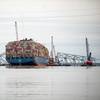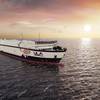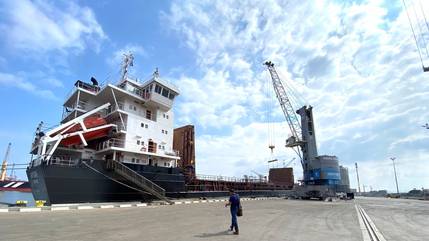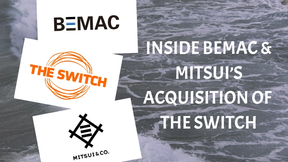NOAA Awards $967,000 to 11 Marine Debris Removal Projects
NOAA’s Marine Debris Program provided $967,000 through its Restoration Center to support locally driven, community-based marine debris prevention and removal projects. Eleven groups across the country received funding to remove derelict fishing nets, litter, lumber, tires and other harmful marine debris from shorelines and coastal waters.
“Marine debris plagues coastlines all over the country, and these communities have the expertise and motivation to address it,” said Nancy Wallace, Marine Debris Program director. “We are proud to support them as they work to mitigate impacts and address the damage marine debris has caused.”
The projects typically last for 24 months and create long-term ecological improvements for coastal habitat, waterways and wildlife, including migratory fish.
The projects were chosen from a pool of 46 applications submitted by non-governmental organizations, tribes, academia and local government agencies. The combined request from all applications totaled nearly $5 million, demonstrating the widespread need to address marine debris across the country. With this program, NOAA has funded 76 marine debris removal projects and removed more than 3,800 metric tons of marine debris from our oceans and Great Lakes since 2006.
This year’s projects include:
- Alabama: The Dauphin Island Sea Lab will remove derelict vessels and address habitat impairment in the Dog River Watershed in Mobile. ($99,766)
- Alaska: The Alaska Marine Stewardship Foundation will conduct marine debris cleanups in five communities in the Bering Sea: Port Heiden, Nelson Lagoon, Nikolski, St. George and Savoonga. ($210,000) The Sitka Sound Science Center will perform cleanups of tsunami debris from Japan that impacted Alaskan coastlines. ($120,000)
- California: The Wiyot Tribe of the Humboldt Bay region will remove large marine debris from the within bay and on Indian Island, a National Historic Landmark known for its importance as the site of the Wiyot World Renewal ceremony. ($125,000)
- Florida: The Coastal Cleanup Corporation will remove plastics, glass, Styrofoam, rubber and discarded fishing gear from sea turtle nesting sites within Biscayne National Park. ($16,953)
- Hawaii: The Hawaii Wildlife Fund will continue its work to remove marine debris from the shoreline of Big Island of Hawaii, focusing on the Ka‘u coast. ($45,000) The Hawaii Department of Land and Natural Resources will remove debris from Kaho‘olawe. ($100,530)
- New York: Hofstra University will remove debris from one of the last remaining natural salt marshes in Nassau County, in collaboration with Long Beach School District and Town of Hempstead. ($75,000)
- North Carolina: The North Carolina Coastal Federation will implement a pilot program working with commercial fishermen to remove derelict crab pots and repurpose them as artificial oyster reefs. ($35,576)
- Puerto Rico: The Corporation for The Conservation of The San Juan Bay Estuary will remove litter from Condado Lagoon, one of two natural lagoons in Puerto Rico. ($40,000)
- Washington: The Northwest Straits Foundation will continue its longstanding efforts to remove derelict fishing nets from Puget Sound and surrounding marine waters. ($99,995)
NOAA’s Restoration Center is now accepting applications for the next funding cycle and applications are due November 1. For more information, visit http://www.habitat.noaa.gov/funding/marinedebris.html.













